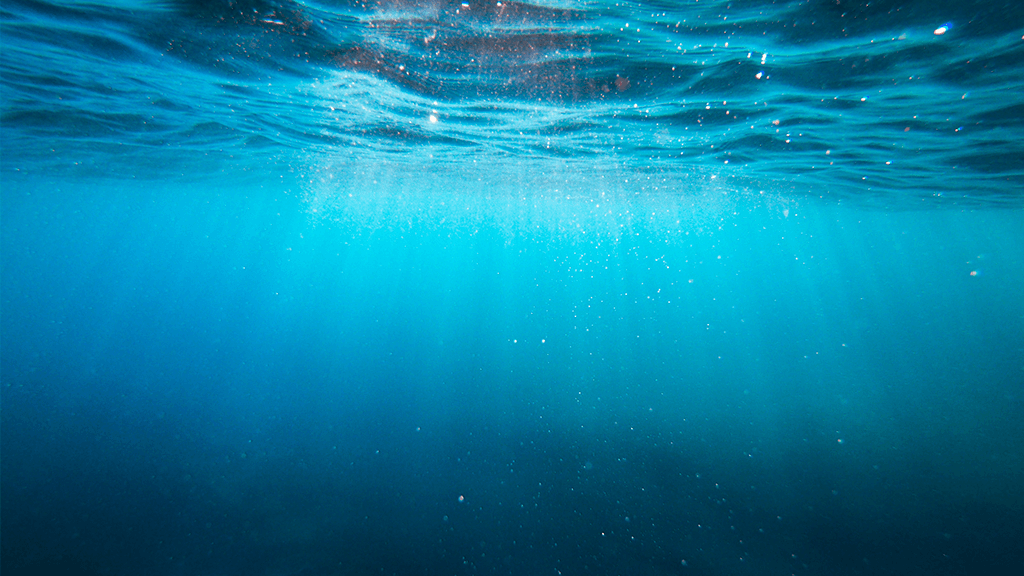Underwater GPS: Sunlight Polarization Patterns as a Potential Substitute

July 11, 2023: Researchers have developed a promising alternative to GPS for underwater navigation using sunlight polarization patterns. While GPS is adequate for determining geographical coordinates on land, it doesn’t work underwater due to the limited transmission of radio signals through water.
Unlike radio waves, sunlight travels better in water, although it becomes polarized. Light enters the water in a single direction along a plane, determined by the angle at which sunlight hits the surface. This angle varies based on the date, time of day, and geographical location.
To leverage this phenomenon, a team from the University of Illinois Urbana-Champaign led by professors Viktor Gruev and David Forsyth captured approximately 10 million photographs using an underwater camera equipped with a specialized lens. These photographs were taken in different water conditions, depths, dates, and times at four locations: a freshwater lake in Illinois, coastal waters in the Florida Keys, a bay in Tampa, Florida, and a lake in North Macedonia.
Each photograph was tagged with specific data, forming a database that trained a neural network. The network learned how polarization patterns change predictably based on the factors above. By analyzing the date, time, and polarization pattern of an underwater photograph, the network could determine the geographical location where it was taken. The current system has an accuracy range of 40 to 50 km (25 to 31 miles) and is limited to a maximum depth of about 300 m (984 ft).
According to Professor Gruev, this breakthrough enables geolocation in various conditions, including open ocean waters, clear or low visibility waters, day or night, and at different depths. Understanding one’s location underwater opens up opportunities for exploring the underwater world and studying animal navigation.
While this technology still requires further development, it shows promise for underwater navigation and understanding the underwater environment. By improving camera technology and developing new machine learning algorithms, accuracy can be enhanced. This advancement could revolutionize underwater exploration, aid in animal navigation research, and assist in finding missing shipwrecks.
In conclusion, scientists have made significant progress utilizing sunlight polarization patterns as an underwater substitute for GPS. This innovative approach could enable accurate geolocation in various underwater conditions, facilitating exploration and expanding our knowledge of the underwater world.


















































